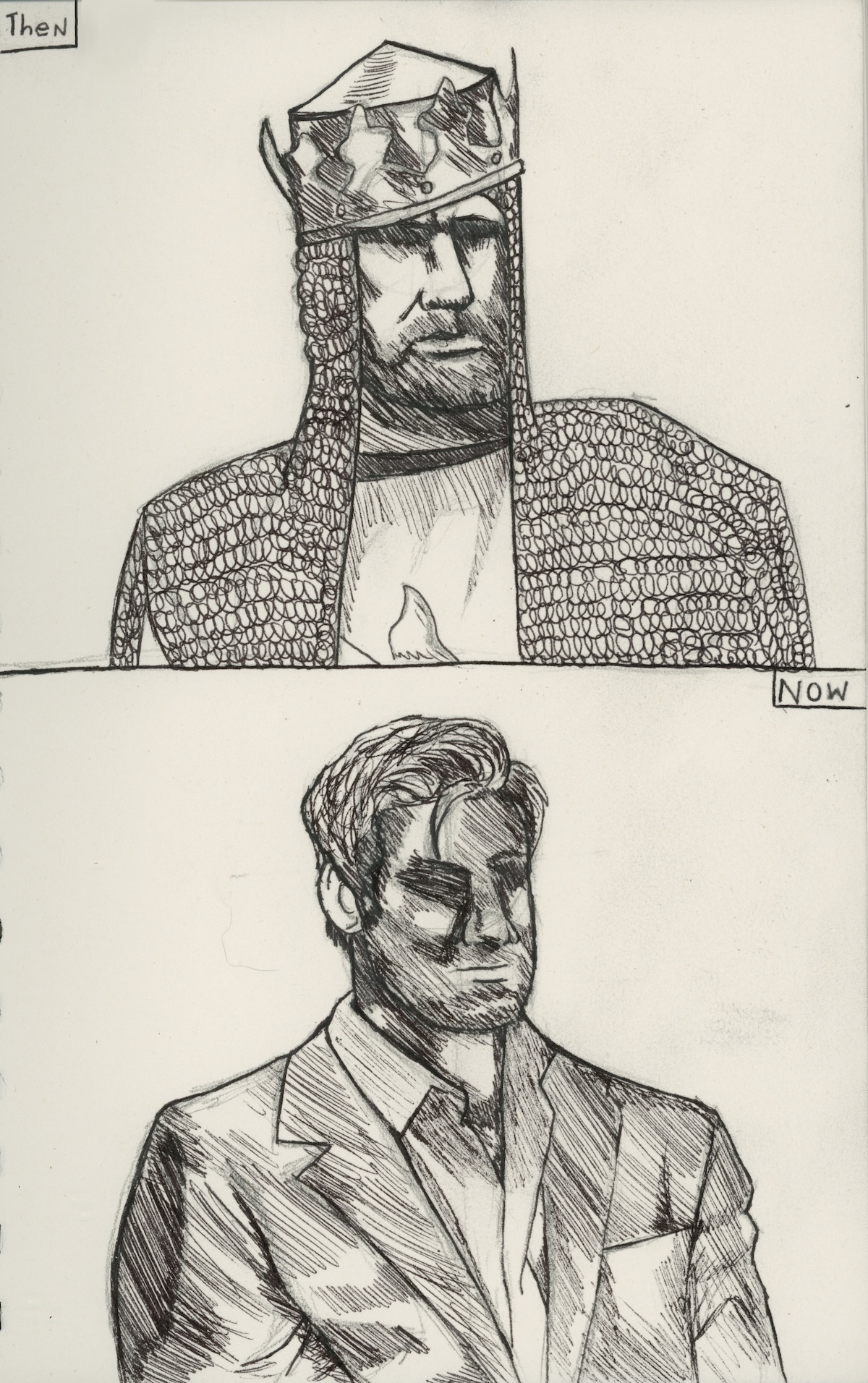Green’ housing project in motion
The old Birmingham student residence hall will come down in April, to be replaced by a new 130-unit apartment building to open for fall term 2003.Burt Ewart, Portland State’s supervisory special projects architect, said both the demolition and the new construction will follow principles of sustainable, or “green”, construction. The university expects the project to become certified by LEED (Leadership in Energy and Environmental Design), a program of the U.S. Green Building Council.
Signs are dotting the campus announcing a public hearing by the city’s Design Commission on the project. The commission will conduct the hearing at 3 p.m. March 7 at 1900 S.W. Fourth Ave., Room 2500A.
The university still has to jump through some bureaucratic hoops. Because of the existing zoning code, PSU must obtain a conditional use permit. Ewart does not expect that to slow down the project. He anticipates demolition to be completed during spring term.
“We expect to start construction in June or the first of July,” he said. “The building is scheduled to be completed some time in July, 2003. In August, people will start moving in.” So far, the university has assigned no new name to the project, so it continues as the Birmingham project.
The building will rise six stories at the southeast corner of Southwest 12th Avenue and Montgomery Street. At this location, Montgomery exists as a phantom street, consisting of a winding pedestrian walkway amid trees along a grassy slope. Montgomery will remain a walkway.
The project includes 130 single room residences, in the form of efficiency studio apartments. Each will afford 220 square feet of net living space. Total unit footage, including living space, bathroom, kitchen and closet with bicycle hook, is about 280 square feet.
The units need to be small to be affordable, Ewart said. The “galley kitchen” consists of a countertop wide enough for a microwave, with a sink, a small refrigerator beneath the countertop and a stove. The facility will not supply microwave ovens.
“They break down too often,” Ewart said. Each resident will have access to shared laundry facilities.
The ground floor will include some residence amenities, including a lobby, leasing offices and recreation spaces. Residents will enter off the Montgomery walkway into the lobby. The lobby will be well lit and highly visible from the street, with built-in seating areas along the exterior. The university will use a large part of the ground floor for offices and classrooms.
A unique feature located outside the front door will be compressed air to blow the dirt off bicycles before they are taken into the building. The air also will work for inflating bicycle tires.
The building will incorporate a number of unusual features. There will be no air conditioning nor will it be necessary. A system of shafts will circulate hot air out and cool air in. Each unit also will include a circulation duct.
The building will be so well insulated that residential units will require virtually no auxiliary heat. The design includes a small heating plant. Water will be pre-heated to provide base floor heating for the ground floor. The water system also includes a heat recovery feature.
Water conservation plays an important part in the building’s design. A storm water management system using natural bio-filters and a cistern will supply water for the ground floor and the toilets on the first floor.
The design plan calls for a new exterior plaza along the east side of the building. This will feature raised planters, water features and textured and patterned concrete pavers. Some minor tree removal will become necessary, Ewart said.
The exterior design is described as a contemporary interpretation of the surrounding neighborhood residential buildings. The St. Helens residence hall stands to the north, Hoffman Hall to the south and the King Albert behind on the east.
The new building consists of three basic connected forms. The primary exterior materials are brick, exposed concrete and metal siding. Exterior canopies and sunshades will be made of metal and glass.
The emphasis on green approaches begins with the deconstruction phase. The exact specifics remain murky, Ewart said, but generally they call for salvaging and reusing everything possible. College Housing Northwest (CHNW) will take out plumbing fixtures and bathtubs. CHNW will use them for rehabilitating its older housing stock.
“The building will be brought down in speedy fashion,” Ewart said, to be accompanied by a sorting of material. The university hopes to use the white brick of the old Birmingham’s front on the new building. Existing lumber may be used for finish materials in the lobby. Some materials will become recycled as engineered lumber products made from wood chips. Materials not to be used on campus will be carted off by the demolition contractor to be recycled.
The green aspect of construction has been a continuing goal, both with Portland State and the State of Oregon generally.
“We’ve always done things in a relatively sustainable fashion,” Ewart said. “This has so much to do with the way the building is built.” Walsh Construction Company, as the contractor, has had considerable experience with green technology and will prove helpful, he said. Mithun Architects of Seattle executed the design.
“The LEED certification process quantifies how green we are,” Ewart explained. The LEED rating system follows a complicated procedure for certification. It includes four levels of achievement. The highest level is platinum, going down to gold level, silver level and certified. Ewart said almost no projects reach platinum rating. The PSU project aims for the certified level.
The LEED rating system applies point credits according to the following schedule: energy and atmosphere 27 percent, indoor environmental quality 23 percent, sustainable sites 22 percent, materials and resources 20 percent and water efficiency 8 percent.
LEED lists four objectives in its rating system: facilitate positive results for the environment, occupant health and financial return; define “green” by providing a standard for measurement; prevent “greenwashing” (false or exaggerated claims) and promote whole-building, integrated design processes.
The existing Birmingham was built in 1912 as a three-story brick building with a basement. It currently adjoins a lot containing a tree with a small birdhouse.
The Birmingham’s brick is red on the sides and back, white in front. A 13-step stairway leads up to a glass front door. The building resonates with historic atmosphere, which includes claw foot bathtubs.
Financing for the $10 million construction might also be said to follow a “green” philosophy. The city is not providing low-cost housing subsidies. The only subsidy is the land, provided by Portland State. Financing for the construction comes from housing revenue bonds.




